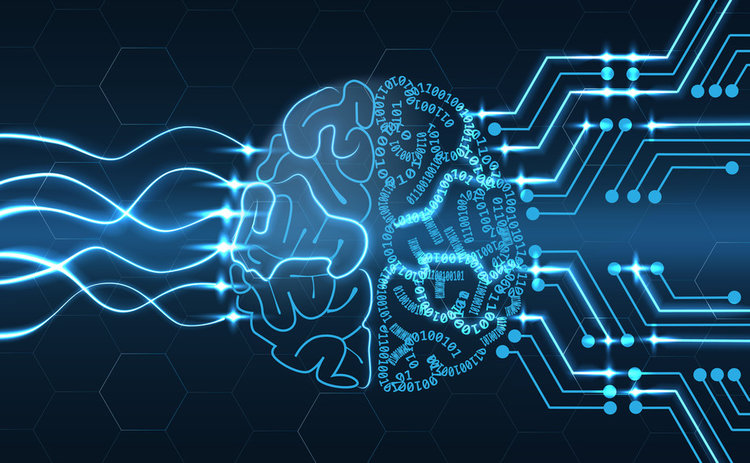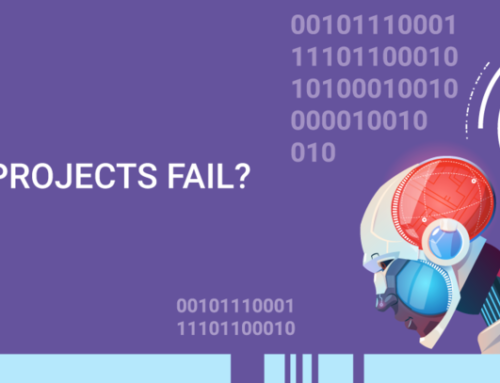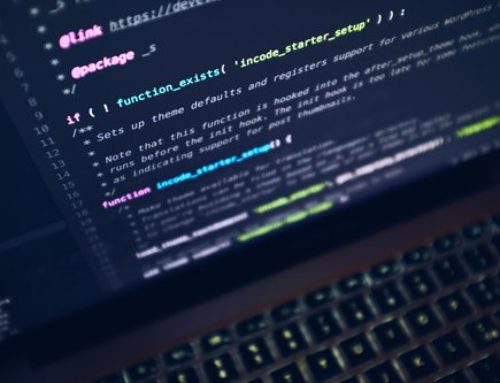
The march of the machines has started. The good news is that it is not like how we are led to imagine in the Hollywood Sci-Fi movies like Terminator or iRobot. If we take a look around, today we are surrounded by Artificial Intelligence. AI, what was once a science fiction dream, is close to reality… just not trapped in the Android bodies like we have been imagining over the years.
Today AI applications are used in almost every industry such as financial services, banking, retail, healthcare, entertainment, telecom, automotive, high tech etc. You can see AI implementations in your everyday life in the form of virtual smart assistants, in several video games, Self-driving cars, homes, and even smartphones.
Retailers are using AI to anticipate user needs to enable purchase prediction. The banking and financial sector is leveraging AI to create efficient systems for fraud detection. Companies such as Fox are using AI to write simple stories such as fantasy sports reports, financial summaries etc. Smart home devices are being used to save energy and increase convenience…the list goes on.
AI GROWTH AND PROJECTIONS
Analysts forecast that the Global Artificial Intelligence (AI) Market is all set to grow at a CAGR of 50.51% during the 2017-2021 time frame.
That the focus on AI is growing is reflected in the industry confidence it has garnered. Companies such as Google and Baidu spent approximately $30 billion and $20 billion respectively on their AI initiatives in 2016 alone. 90% of these investments were directed towards R&D efforts and the remaining 10% on AI acquisitions. A report by McKinsey shows that industries such as healthcare, financial services, and professional services saw an increase in their profit margins owing to AI adoption and expect their margins to further increase by another 5% over 2018. Analysts forecast that the Global Artificial Intelligence (AI) Market is all set to grow at a CAGR of 50.51% during the 2017-2021 time frame.
The reason behind the success of AI has been the capability to self-learn. Intelligence has, until now, been associated with the human brain alone. With the evolution of the human brain, we now no longer feel the need to conduct certain tasks and have replaced then by a computer program. Take automation through any kind of software (conventional rule-based decision making) as an example. However, when a certain computer program has to perform that task using elements of human intelligence by evaluating a huge volume of information to build systems or complete tasks to enhance human expertise is when AI comes into play.
POPULAR AI APPLICATIONS – AI IN SILOS
We also have robotics now leveraging AI to increase their efficiency. From the robot called Roomba that cleans our floors to the Baxter robot that is capable of working in production chains together with humans to companion robots such as Pepper,Giraff etc., the realm of possibilities in AI is ever expanding and this expansion is now reaching all corners of the globe. The capability of AI systems to translate vast amounts of unstructured, complex data into tangible insights proposes immense opportunity to solve some enduring problems that the world is facing. Whether it is insights for disease management, weather prediction or managing the global economy, AI has emerged as a great and powerful tool.
Each one of these AI solve one use case each. These are specialized agents for specific use.
However, AI applications at the present moment are working in silos, almost singularly. Whether it is the GPS in our car, the Google translate service that we use (it can now translate up to 70 different languages), face recognition capabilities of our cameras, or virtual personal assistants such as Siri and the others which are apps that understand our speech and respond appropriately (at least, usually) etc. are all based on AI algorithms. However, each one of these solve one use case each. These are specialized algorithms for a specific use.
GOING CLOSER TO REPLICATING FULL HUMAN BRAIN
Given the speed at which AI is evolving could we be fast nearing the age of Integrated AI – technology that integrates all these disjointed AI technologies and then leverages the right one based on the need of that particular moment? Let’s call this Integrated AI as “The AI Network”. Is that day far when the internet is converted into a connected mesh of computing power to solve integrated AI problems that these specialized AI can’t solve individually? Can technology create hybrid intelligence that can be connected to the human brain to help us run our lives more efficiently? Could we come closer to creating AI network that will replicate the whole human brain rather than having separate algorithm for every single category of decisions that a human brain makes? Sounds impossible or does it sound apocalyptic?
The arrival of this kind of super-intelligence is still a long way off in the foreseeable future. However, companies are working relentlessly in this direction in order to improve the quality of human life. We are not talking about the serial robots let loose on the streets here, but a technology that can help save lives by aiding better diagnosis. Technology that can keep us safer. Technology to help us live smarter and, maybe, better.
We have only scratched the surface when it comes to the potential of AI. Have there been hits and misses here? There are enough examples to prove the same. From Twitter’s chat-bot Tay to the more recent Facebook recent discovery with their ‘dialogue agents’ (or chat-bots) where these bots started creating a language of their own, there are many other examples of AI gone wrong. At the same time, there are examples of IBM’s Watson that presented a correct and faster medical diagnosis by scanning thousands of documents within hours. Clearly, AI technology brings immense value to the table and it is this value that is prompting global organizations to work steadfastly in this direction. However, it goes without saying that ‘with great power comes great responsibility’. With this “AI Network” dream too, organizations have to work towards creating safeguards and having some built-in controls to ensure algorithmic responsibility to align these AI systems with social values and norms which will help in guiding these systems in a safe and ethical manner.
ASK US QUESTIONS
Do you have any views or questions?
Categories
Enterprise Automation, DevOps, RPA, Process Automation, Continuous Integration, BFSI

